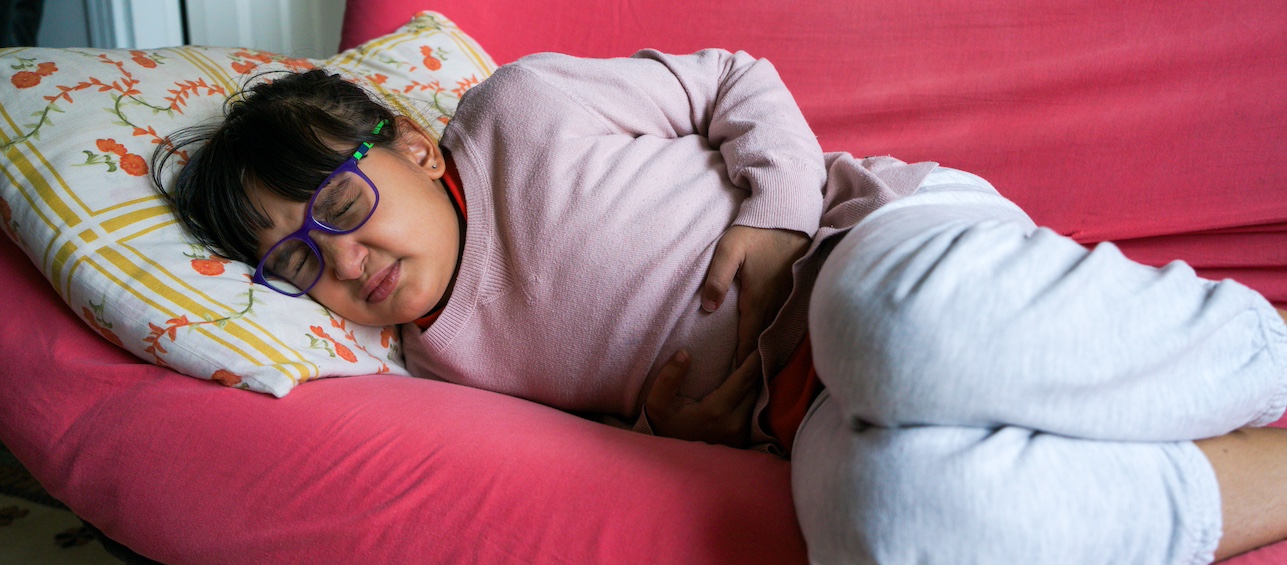It’s insidious and often unreported, but child abuse is a scourge that haunts its victims today and into the future. It also threatens our very society.
Fortunately, there is hope.
And last week doctors, policemen, prosecutors and social workers came together at Cincinnati Children’s to take a stand of support for voluntary home visitation programs to help children and families today, and reduce crime tomorrow.
It’s simple: stop child abuse and the children will not turn into adult criminals.
According to data from Fight Crime: Invest In Kids (a national association of law enforcement, violence survivors, prosecutors and others), more than 100 children a day are abused in Ohio alone. Of the 36,000 children annually abused in the state, 1,400 of them become criminals as adults.
Every Child Succeeds, a program of Cincinnati Children’s, the Hamilton County/Cincinnati Community Action Agency, United Way of Cincinnati and other community groups, is a pioneering home visitation program. Dr. Judith Van Ginkel, the program’s director, leads a program that for 10 years has been providing help to families across the metro area. Not only do the home visitation specialists look for signs of child abuse, they also help the families with nutrition, housing, mental health and other issues.
“The magic of Every Child Succeeds is that someone comes in and becomes a friend, a counselor, and helps break the cycle of violence,” Dr. Van Ginkel said at a press conference. “These early childhood visits help parents be better parents.”
The evidence in support of home visitation programs is overwhelming. An ECS study published in Pediatrics in 2007 shows that “infants whose families did not receive home visits … were 2.5 times more likely to die in infancy compared with infants whose families received home visits.” In addition, Dr. Van Ginkel said a Centers for Disease Control study showed that children who are subjected to six or more incidences of violence lived, on average, 20 years less than children who were not the victims of violence.
Thomas Streicher, chief of police in Cincinnati, said by the time law enforcement gets involved, it’s often too late, “the damage has been done.” That’s why he and others took time last week to support Every Child Succeeds and other programs that have been shown to cut the rates of child abuse in half.
While most children who experience abuse never become violent offenders, survivors of abuse are more likely to commit crimes as adults. One researcher, according to Fight Crime: Invest In Kids, found that being abused or neglected almost doubles the odds that a child will commit a crime as a juvenile. The survivors are also more likely to abuse their own kids.
We know how to break the cycle. We need to expand programs like Every Child Succeeds. Dr. Van Ginkel says her 130 home visitors can help only about 30 percent of the families in need. There is a waiting list of about 100 families at al times. And because we know “it takes a village,” if ECS is unable to help, the folks there eagerly refer families to two other, similar, programs in the area: Lighthouse Youth Services and Healthy Moms and Babes.
Funding for these programs is a challenge. The state faces budget shortfalls. There is federal money available through the health care reform law, but there may not be enough to go around.
Programs like Every Child Succeed are proven successful. They are less expensive that some of the alternatives, especially mending the broken bones and shattered mental health of victims of child abuse and neglect.
We can’t afford NOT to find ways to keep up this good work.




